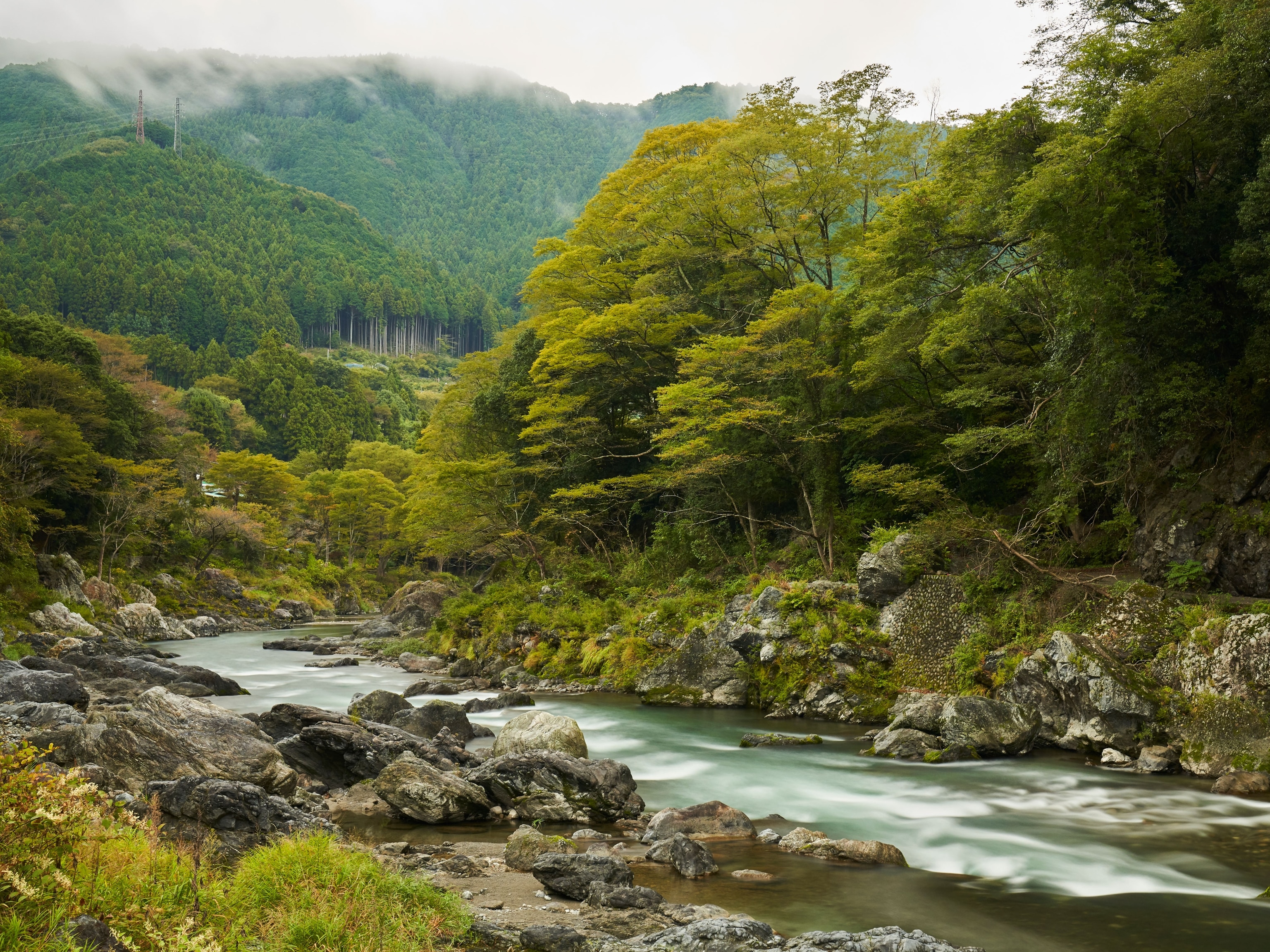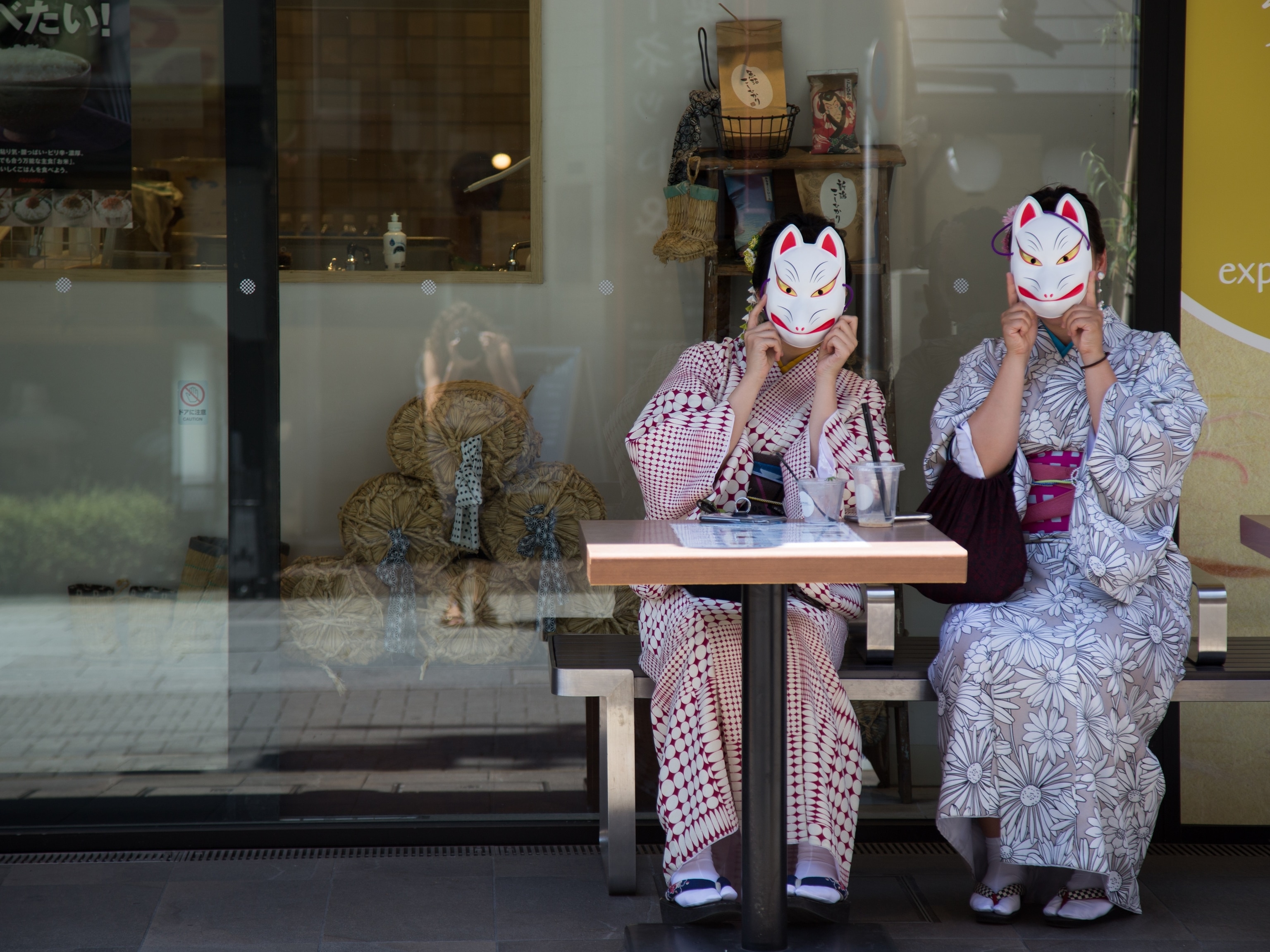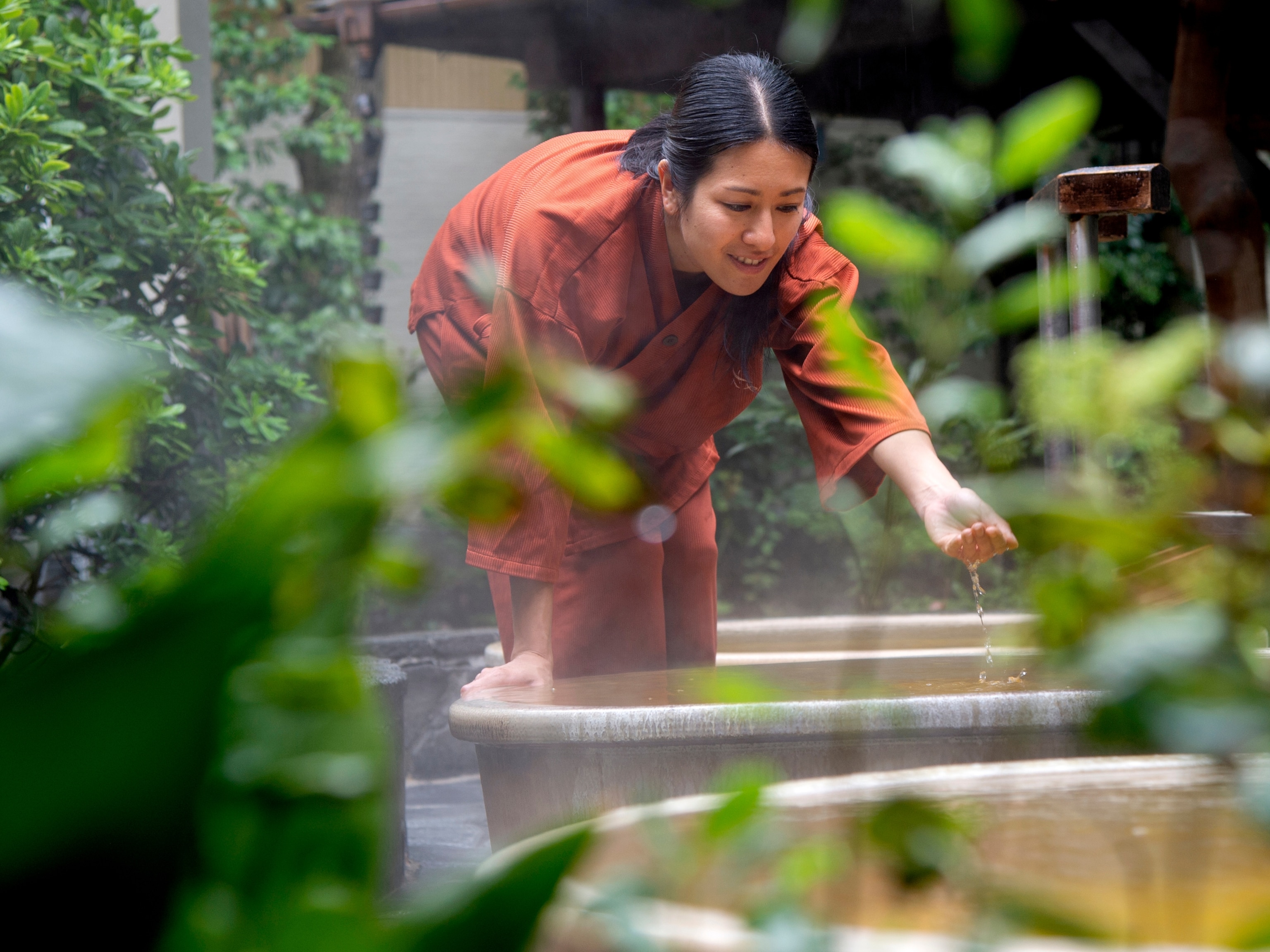As one of the world’s biggest cities, Tokyo is a dazzling cosmopolitan center of innovation and international exchange. However, its roots are still steeped in ancient traditions that live on today. Immersion in the lifestyles and customs of Tokyo’s residents, the responsible traveler can benefit from a more insightful and rewarding visit.
LEAVE YOUR EGO OUTSIDE THE SENTO
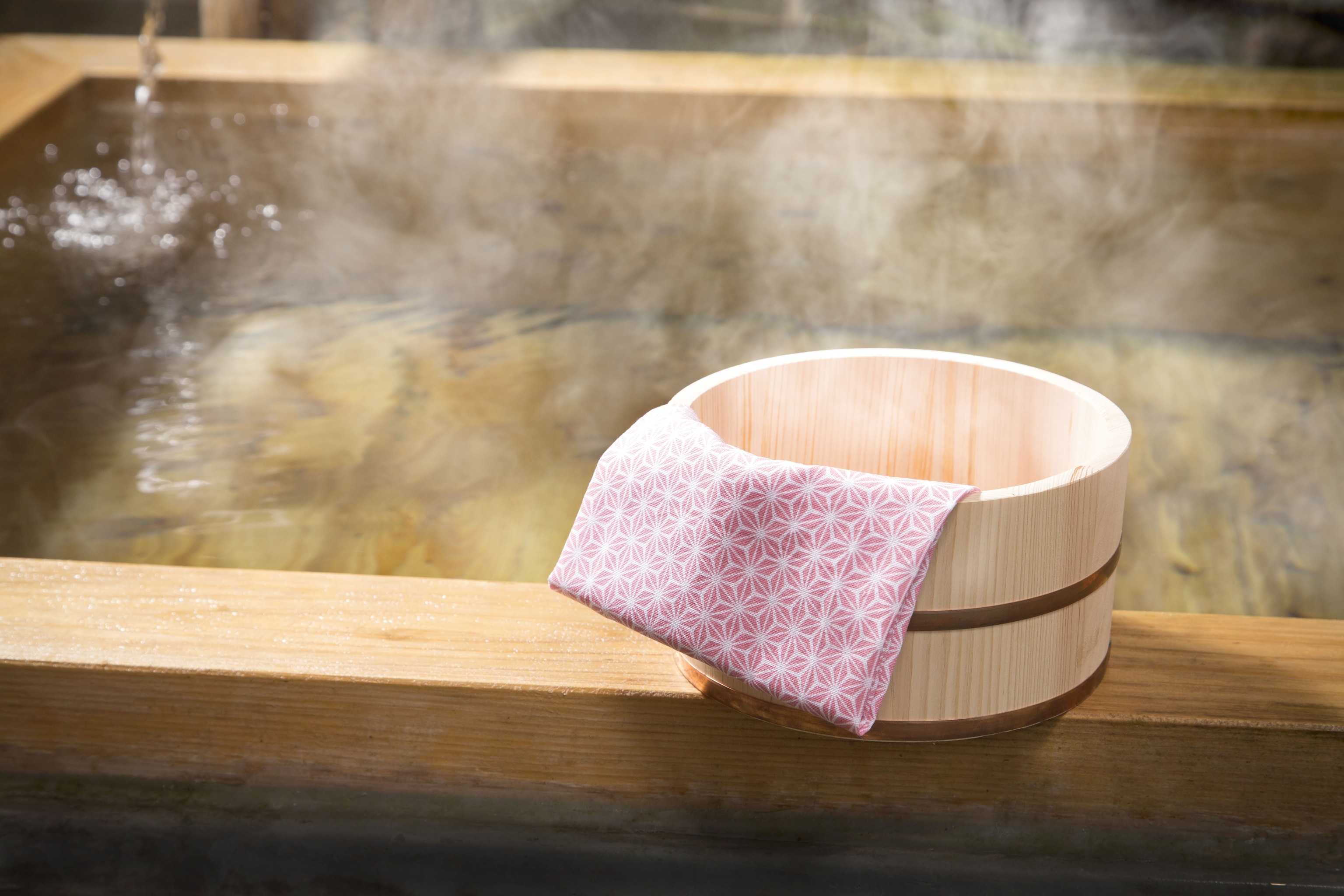
Public bathhouses, or sento, have long been important establishments in Tokyo. The over 400 sento across the city serve as both inexpensive relaxation spots and centers for socialization. Here, people undress completely before entering the bath, leaving status indicators like suits and expensive watches in the changing room behind them. Known as hadaka no tsukiai, or naked socializing, bath time means people can talk on the same level without worrying about social status. Sento is, in a way, a great equalizer: everyone is different, but equal. When trying out sento for yourself, bring a small towel to dry yourself off after your bath, but don’t let it touch the water. Pop it on your head or place it by the bath’s edge to keep it dry.
BRING YOUR OWN CHOPSTICKS
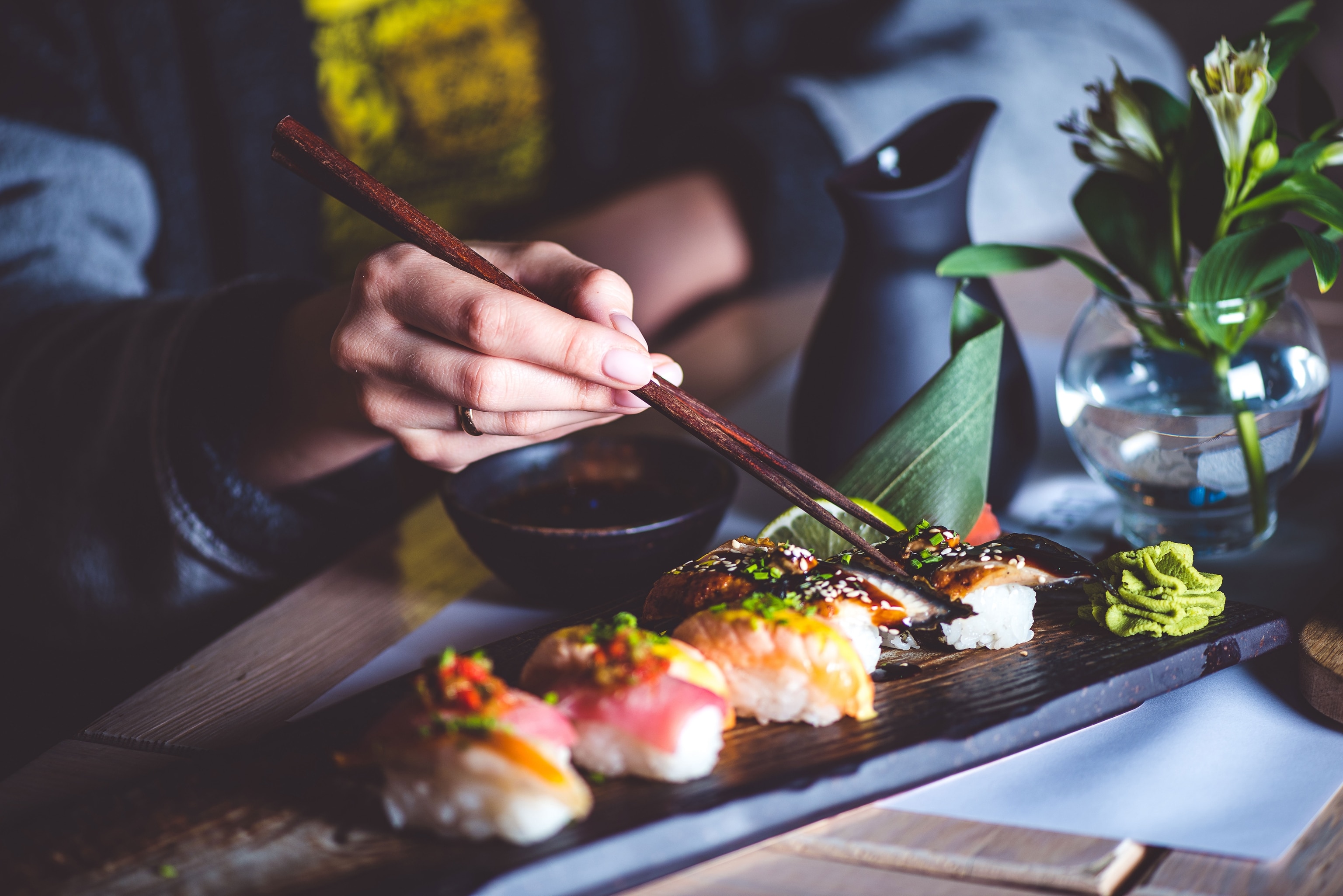
Tokyo’s sophisticated cuisine is world-renowned. Make your dining experience more eco-friendly by forgoing the disposable chopsticks offered at restaurants and instead bring a pair of your own. Not only does it reduce waste, it will also improve your chopstick handling proficiency. Invest in a set of handcrafted chopsticks at an artisanal shop to find a style that suits you. Eastern Tokyo’s Kappabashi Dougu Street, where cooking utensils can be found in droves, is a good place to start.
RESPECT THE TATAMI MAT
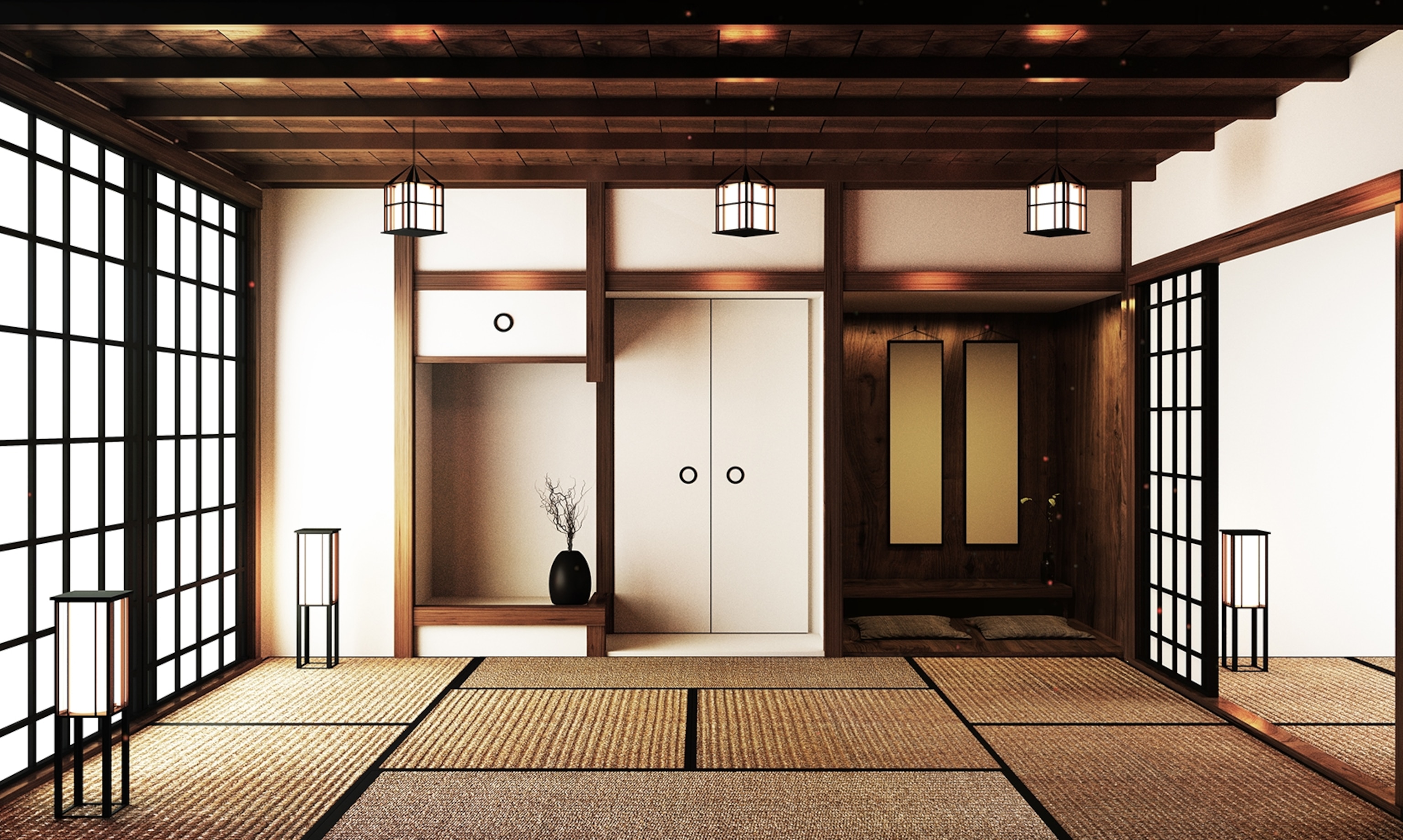
Tatami mats have been a part of Japanese culture for over a millennium. They have shaped the culture and usage of indoor spaces, as sitting on the floor to eat and socialize is still common. By taking off your shoes when entering a home, traditional restaurant or temple or shrine, you are showing respect for both the proprietor and the flooring, as you are less likely to damage it wearing only socks. Luxuriate in the atmosphere traditional rush tatami mats offer — not only are they soft and comfortable, they also produce a vanillin aroma, which is said to have a calming effect.
EAT WHERE APPROPRIATE
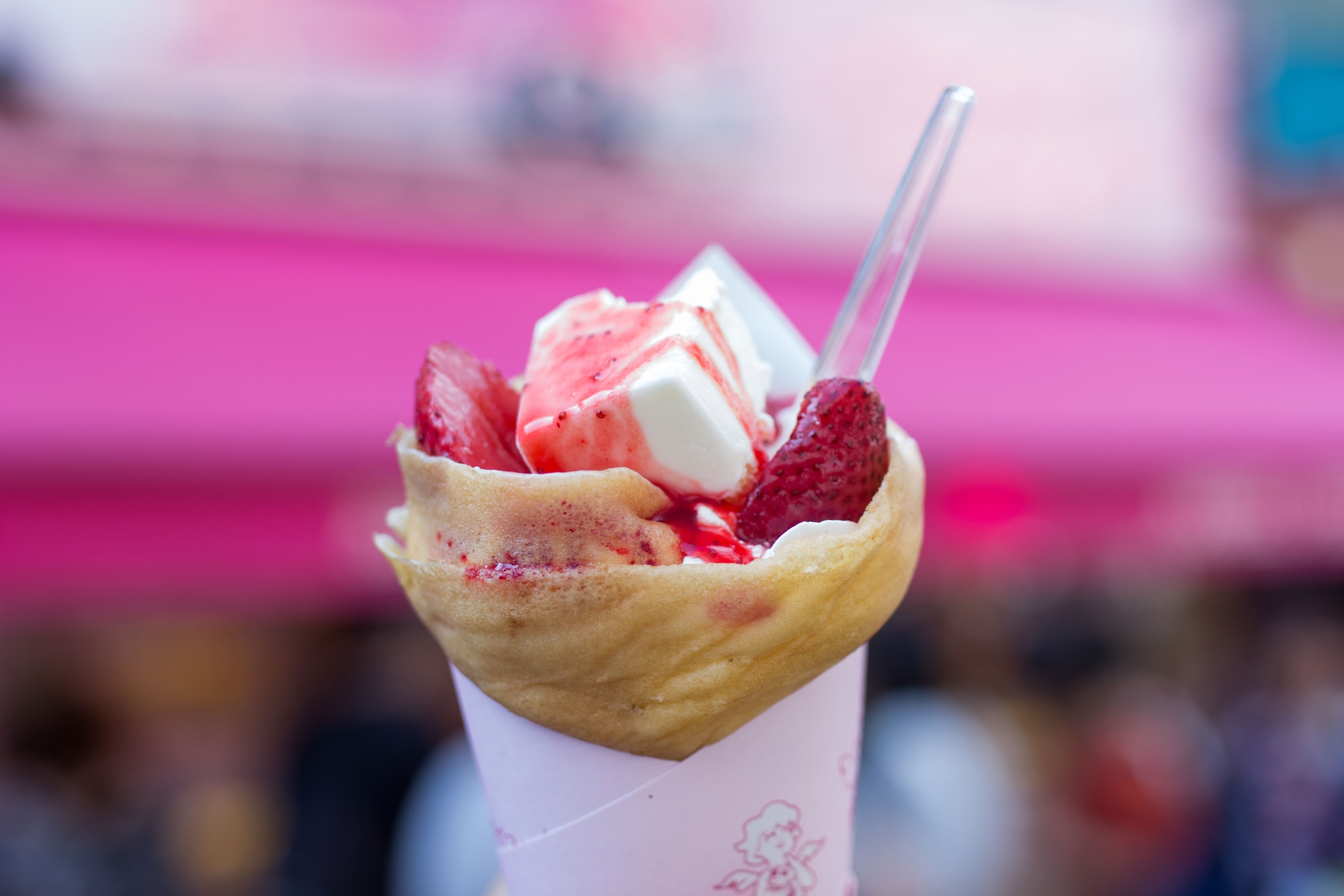
Make sure to eat only in designated areas, and never when on the move. It is considered rude as you’re not appreciating the food, or the effort made into preparing it. There is one exception: tabearuki (literally “eat and walk”) foods are easy to consume without making a mess. You’ll find them sold at small shops in charming shitamachi (downtown) areas and shopping streets. Customers can buy bitesize food to eat on the spot before heading to the next delicious establishment. One such place is Togoshi Ginza Shopping Street in Shinagawa, which boasts an almost mile-long stretch of about 400 shops.
LIVE AS THE JAPANESE DO

A good way to learn and appreciate Japanese culture is with homestays at minshuku (bed and breakfast-like accommodations) or temple stays. Minshuku are often run by families as an extension of their other activities or businesses. Guests can learn and appreciate social norms from their hosts, as well as learn about what daily life for a Tokyoite looks like.
PICK UP SOME JAPANESE
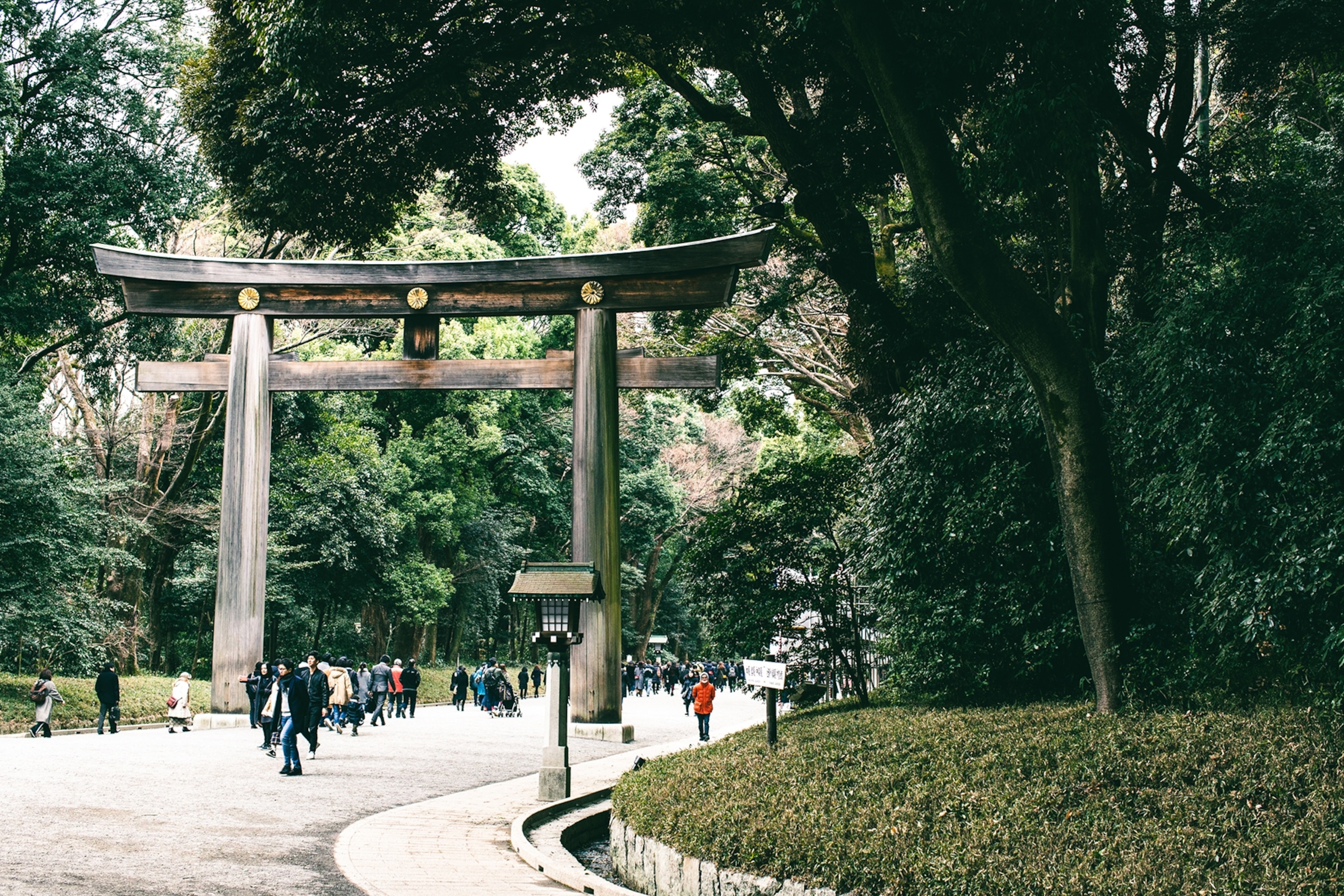
Speaking a little Japanese goes a long way when showing respect to your host country, even if you don’t speak it well. Standard phrases like “arigato” (thank you) and “sumimasen” (excuse me) can open doors and create smiles, as people appreciate the effort. One useful phrase even helps reduce plastic usage. Tell the clerk “Reji bukuro wa irimasen” to indicate you don’t need a plastic bag.
SHOP LOCAL, EAT LOCAL, DRINK LOCAL

Visitors can help play a part in extending the life and legacy of traditional craftsmanship in Tokyo. These include artistry in arts, crafts, cuisine and sake brewing — many of which date back from the Edo period (1603-1867). Many of these crafts require over 10 years of training to create satisfactory results— and longer to master. Explore some of Tokyo’s signature crafts, such as the lustrous Edo kiriko cut glass, locally brewed sake, and meticulously made wagashi traditional sweets.
WASTE NOT, WANT NOT
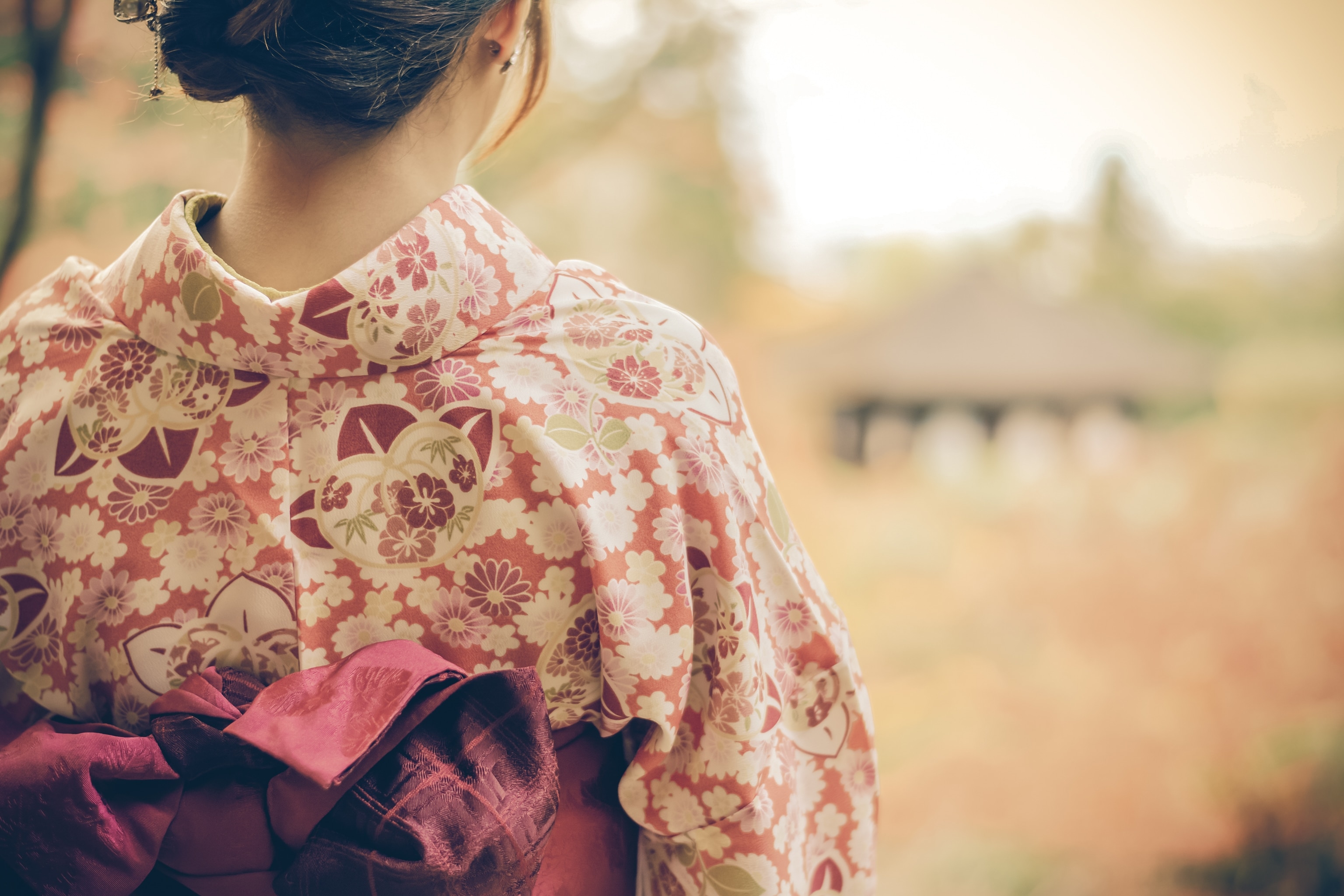
The philosophy of mottainai (literally “waste not, want not”) runs deep in all aspects of Japanese culture—a custom that is friendly to the environment. Visitors can get a feel of mottainai culture by visiting Shimokitazawa, Koenji and some parts of Harajuku. These areas are choc-a-bloc with second-hand clothing stores, selling everything from vintage luxury brands to pre-owned fashion favorites from the 1980s.
RETURN GOOD SERVICE WITH GRACE
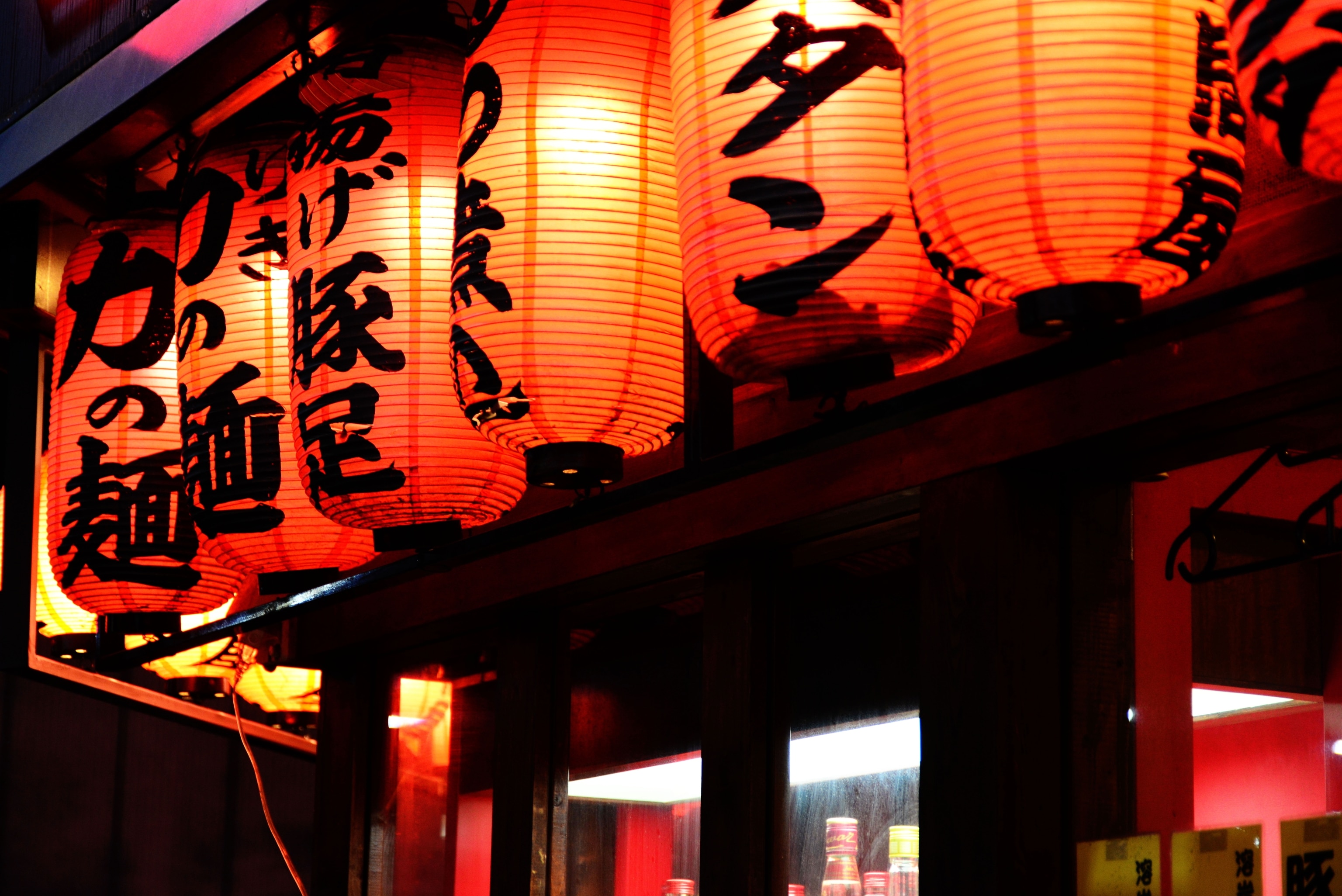
Good service is standard in Tokyo and the relationship of customer and service employee involves mutual respect. As a response to great service and an acknowledgement of appreciation, tipping is unnecessary. Instead, show gratitude by paying the billed amount and finishing off with a cheerful “Gochiso-sama!” (thank you for the meal) to signal your appreciation for an excellent dining experience, or “arigato gozaimasu!” (thank you) for service well done.
OPT FOR GREENER TRANSPORTATION
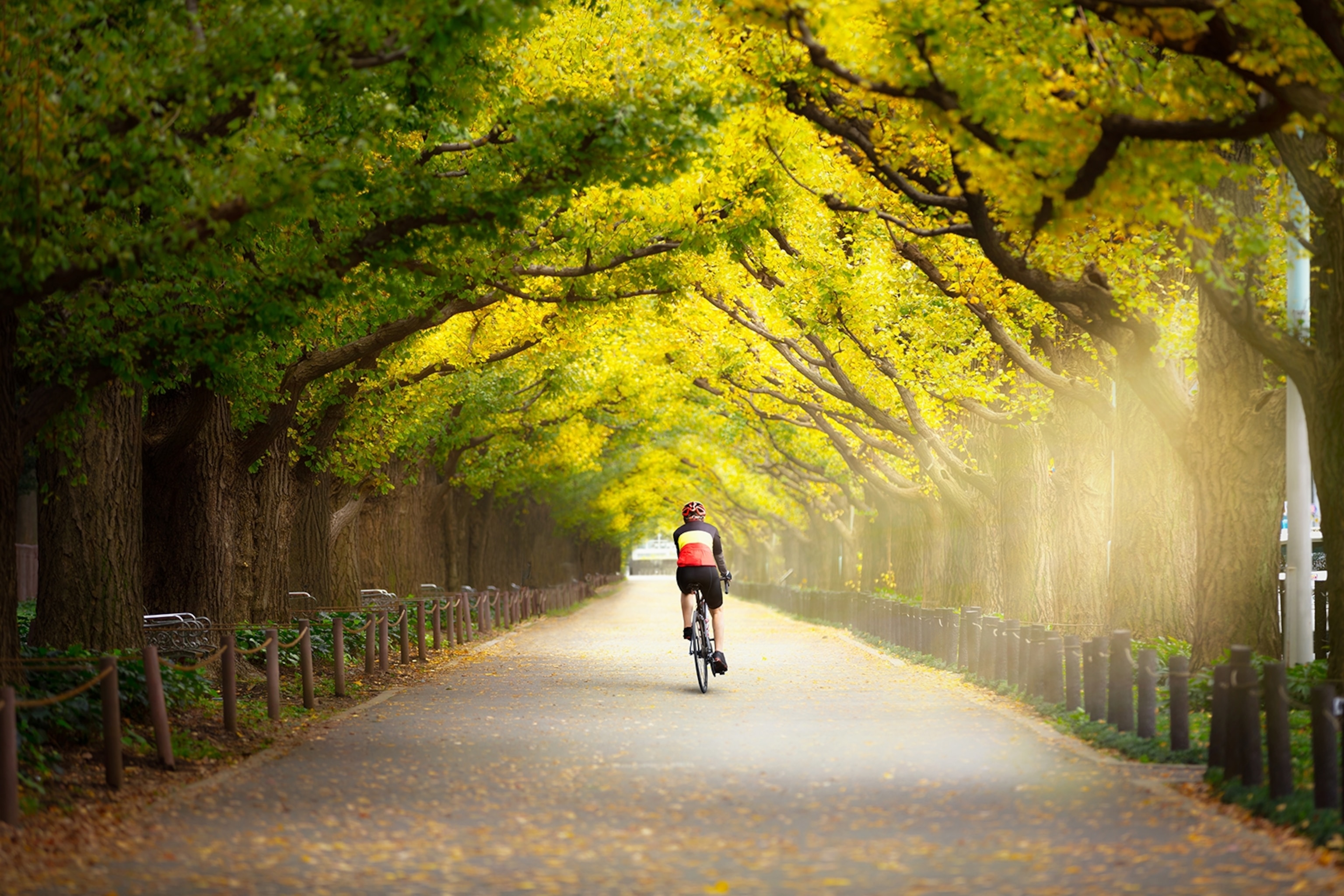
Tokyo has one of the most extensive public transport systems in the world. Punctual to a fault, the city’s trains, trams and buses run like clockwork. They are also growing increasingly sustainable. All Toei subway trains, for example, have generators that store energy when braking. The generated electricity is used to power other trains, escalators and station lighting. Even used train tickets are collected and recycled, to be converted into toilet paper in the station restrooms.
Tokyo is also a great city to explore on foot and by bicycle. Zip around using one of the many bicycle share services — most have docking stations near major stations and other convenient locations.


